Ziel des Projekts Open Forecast war die Entwicklung neuer, effizienter und hochwertiger Dienste für die Bereitstellung öffentlicher, frei verfügbarer Daten. Diese Dienste ermöglichen es, frei verfügbare Daten mit Höchstleistungsrechnen zu verbinden und dadurch neue Produkte zu gewinnen. Diese werden europäischen Bürgern, Behörden, Wirtschaftsakteuren und Entscheidungsträgern bereitgestellt.
![[Translate to Deutsch:] Logo bwHPC-S5](/fileadmin/_processed_/c/0/csm_bwHPC-S5_logo_Web2_58f925613a.png)
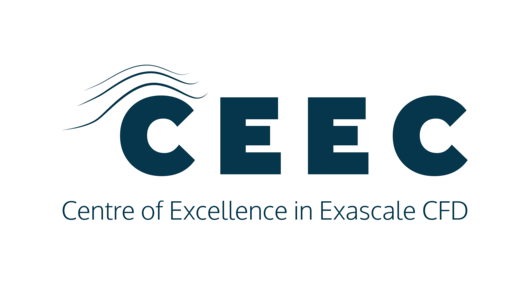



![[Translate to Deutsch:] Logo EXCELLERAT P2](/fileadmin/_processed_/1/1/csm_EXCELLERAT-P2_Logo_transparent_Website_c448702dfa.png)


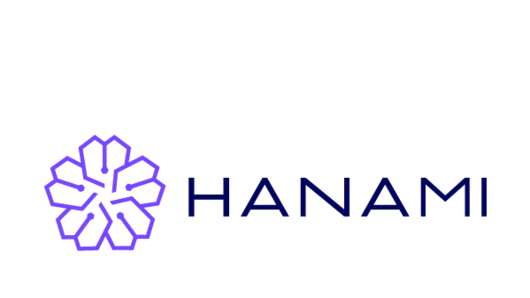






















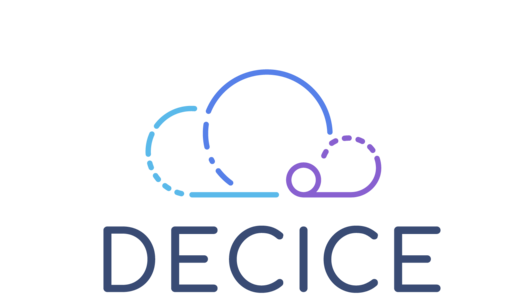
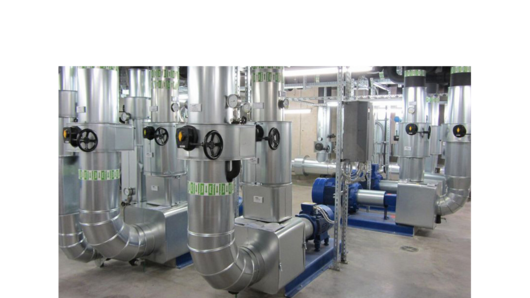









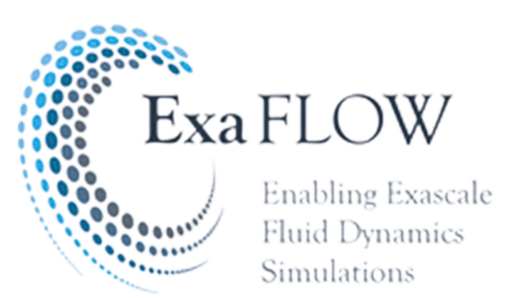
![[Translate to Deutsch:] Logo exaFoam](/fileadmin/_processed_/a/1/csm_exaFOAM_16x9_transparent_72a23ea4bf.png)



































![[Translate to Deutsch:] [Translate to Deutsch:]](/fileadmin/_processed_/0/7/csm_targetDART-logo_400091d0b1.png)

